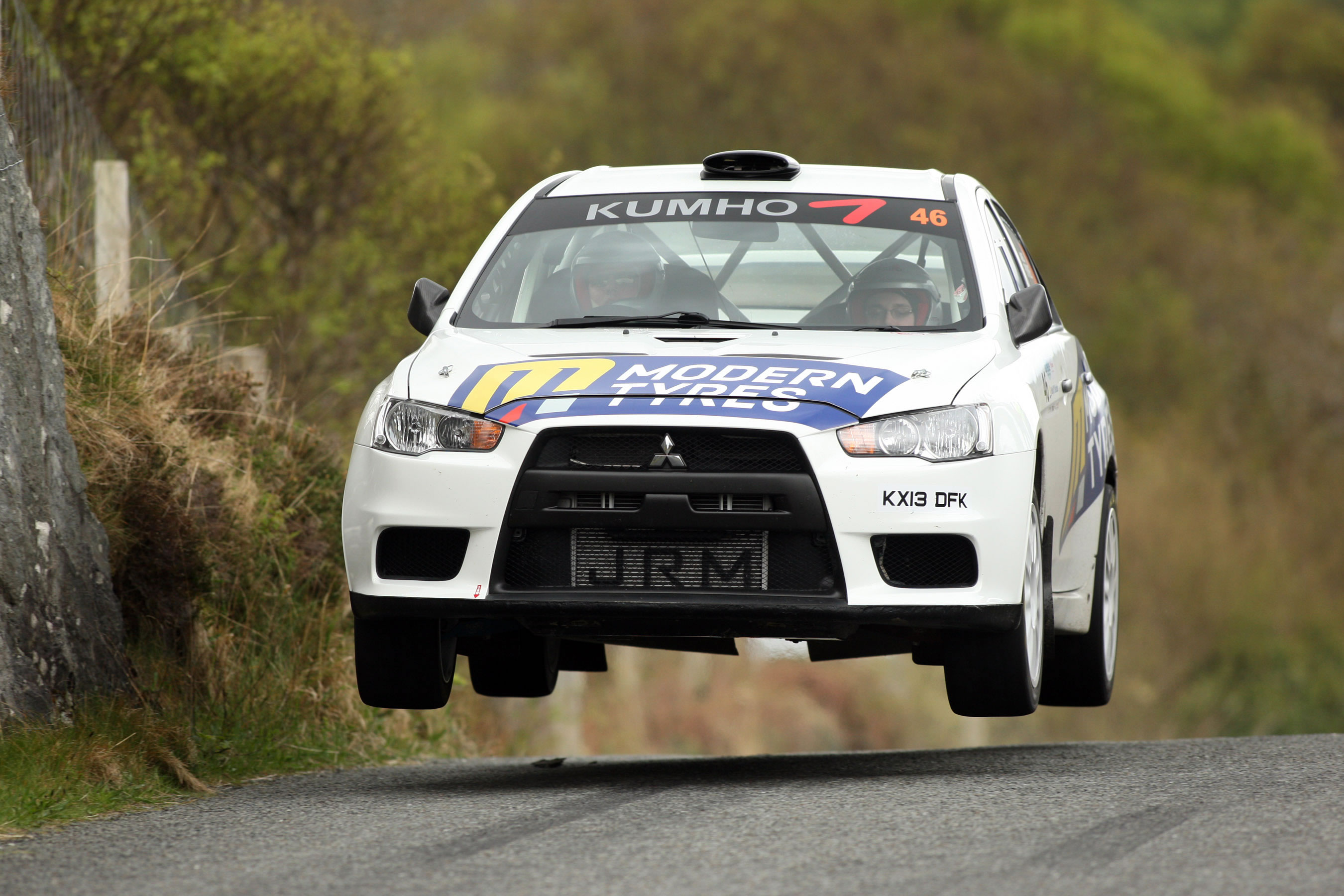Rally exhausts
Motorsport is generally a harsh environment compared to the normal drive cycle of a passenger car, motorcycle, aeroplane or boat. The loads and stresses are higher, as are the speeds involved and (normally) the duty cycle too. If you subject a normally reliable passenger vehicle to the rigours of a motorsport environment, you can expect it to fail in very short order.
Of course, the motorsport environment is a graduated scale of harshness, and close to the top of this scale must be rallying. Each part of the car is subjected to real abuse, and the exhaust is no exception.
I asked Grahame Smith of JRM Racing about the exhausts for his team’s rally car, which is used for a range of rally competition from tarmac to the very harsh African rallies. His opinion is that the terrain presents the real challenge. On tarmac, the only real hazard is if the exhaust makes contact with the ground; for such stages the car is set up as low as possible to the ground to lower centre-of-gravity height and improve stage time. Fig. 1 shows the car in the air on a tarmac stage. Over-exuberance on the driver’s part might subject the exhaust to ground contact (and possibly much worse) but the team will probably know the hazards in a given stage and, with experience, can set the ride height and suspension to cope with such jumps.
By contrast, on an African rally stage, large ruts, holes, gravel and rocks are the order of the day, and even though there may be no contact between exhaust and the ground, damage is accumulated, “When conditions are rough, the exhaust is constantly being damaged, and if this becomes too severe then the performance of the engine will be affected,” Smith said.
The design of the exhaust needs to take into account the type of use – on rough stages for example, it will the ease of replacing damaged sections of the exhaust system. The design needs to incorporate the best combination of performance, durability and ease of servicing. Performance encompasses both design for best engine performance and the lowest system mass. Durability may involve using heavier materials or thicker sections, and ease of servicing can involve more joints in the system, or routing the exhaust in a way that might adversely affect performance. This is really important, as it may be necessary to replace exhaust components during a relatively short service interval.
An exhaust used for tarmac rallies may incorporate thin-walled material and still last for a number of years. Titanium sections in the exhaust are not out of the question, and can survive well without additional shielding. The other extreme of exhaust durability is found when the car is used on very rough stages. Even though the exhaust system is far stronger and better protected, it may be necessary to replace parts of the exhaust every day or even in the short services between stages. It is normal to use thick-section tube in order to strengthen the exposed sections of the exhaust, with bespoke guards fitted to minimise the likelihood of impact damage from rocks, gravel or raised sections between ruts.
 Fig. 1 - Jumps can present problems for exhausts on tarmac stages, even though they are relatively kind compared to rough gravel stages (Courtesy of JRM Racing)
Fig. 1 - Jumps can present problems for exhausts on tarmac stages, even though they are relatively kind compared to rough gravel stages (Courtesy of JRM Racing)
Written by Wayne Ward